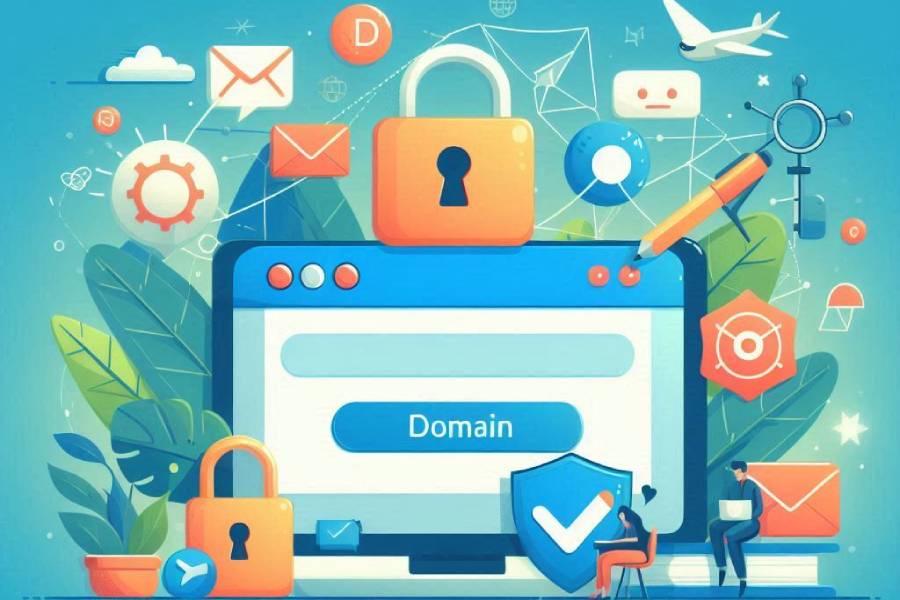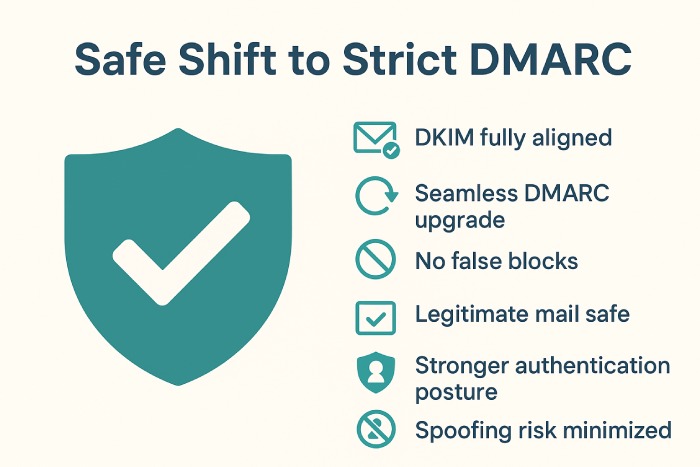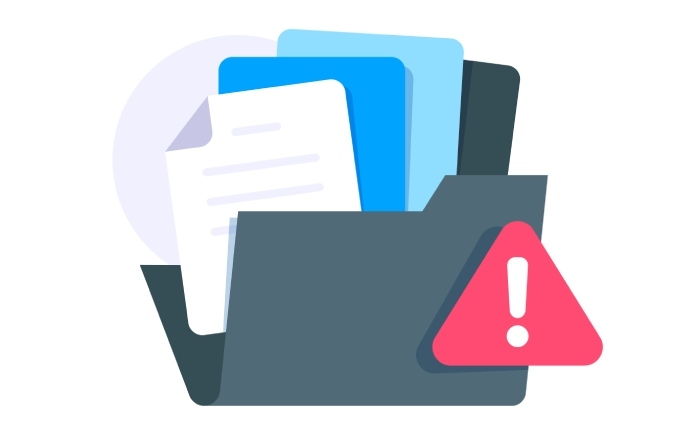What happens when you misconfigure DKIM for your domain?
Your outgoing emails are only as safe as the configuration of your authentication protocols, like DKIM or DomainKeys Identified Mail. We say this because your emails are not inherently secure, which means anyone can intercept your outgoing emails and try to alter or impersonate them before they reach your recipients. This happens when you have not implemented DKIM at all or configured it incorrectly.
Now that all major email service providers have made authentication a norm, the real problem is not whether you have implemented DKIM, but whether it has been set up correctly. So yes, most organizations are using DKIM today, but only a few are implementing it correctly from end to end (which makes all the difference).
And when DKIM isn’t configured the right way, you will start to see its impact more quickly than you realise. Your outgoing emails may not get verified, some may land in spam, and over time, your domain can lose the trust of mailbox providers.
In this article, we will understand what can go wrong if your DKIM setup is not aligned with the industry standards and your email setup.
Why do you need DKIM in your email authentication setup?
When you send an email, you want the receiver to know that the email genuinely came from you and wasn’t altered along the way. This assurance is what encourages them to open your email and engage with it, especially when their inbox is already filled with hundreds of marketing emails they receive every day.
Here’s why you need DKIM in your authentication setup:
Verifies that the email truly belongs to your domain
DKIM helps the receiving server verify that the email was sent from your domain. If DKIM is missing or incorrect, someone else could send emails using your domain name, and the receiver wouldn’t be able to tell the difference. But when DKIM is properly configured, the receiving server will be able to confirm the legitimacy of the incoming email by verifying the digital signature attached to it.
Maintains the authenticity of your emails
The primary goal of implementing DKIM is to ensure that your emails aren’t intercepted and altered by attackers after you send them. If anything in the outgoing message is edited or tampered with, DKIM will fail. This means that the receiving server can immediately see that something is wrong and will not treat the email as trustworthy.
Improves the chances of your emails reaching the inbox
When your email reaches the recipient’s mailbox, it checks whether the DKIM signature is valid or not. If the signature is verified, the receiving server considers your email as genuine and safe to deliver. This helps your emails reach the inbox more consistently.
But if the email signature is missing or keeps failing, the server will see it as less trustworthy and push your email into the spam folder, affecting your deliverability over time.
Helps you enforce DMARC effectively
The comprehensive protection that your domain needs comes when all three email authentication protocols are properly implemented. And since DMARC relies on either SPF or DKIM to pass, having a correct DKIM setup makes it much easier to enforce your DMARC policy.
When DKIM is aligned with the “From:” domain and the signatures are valid, you can then seamlessly move on to a stricter DMARC policy, without worrying about blocking your own legitimate emails.
What happens when DKIM is not properly configured?
When DKIM isn’t implemented properly, maybe because the DKIM record isn’t complete, the selector is wrong, or the signing domain doesn’t match, your entire authentication process will start to fail.
It’s not like your emails won’t be delivered, but they won’t be verified the way mailbox providers expect. This means your messages lose the trust signals they rely on to decide whether an email should go to the inbox or spam.
Let’s understand what this means for your brand:
Your emails start landing in spam
If the receiving server does not get the reassurance that the incoming email is genuine and untampered with, it will be wary of letting the email in. And when DKIM fails, the server doesn’t get the security signal it expects. This further reinforces its doubts and increases the chances of your email being pushed to the spam folder. Even if your message is legitimate and hasn’t been tampered with at all, the server won’t treat it with the same level of trust, which affects how often your emails reach the inbox.
Your domain reputation takes a hit
When DKIM fails, the recipient’s mailbox provider starts to lose confidence in your domain. It sees failures as a sign that your emails may not be secure or properly managed. Over time, this doubt accumulates and directly affects your domain reputation. And once your reputation drops, even the emails you send correctly can get filtered, delayed, or treated with caution.
Your domain becomes an easy target
DKIM misalignment not only affects how the receiving servers perceive any emails coming from you but also how attackers see them. When they notice that your DKIM setup has gaps and it keeps failing, they take this as an opportunity to attack the vulnerabilities. They know that without a reliable DKIM signature, their fake emails have a better chance of slipping through. This makes it easier for them to impersonate your domain or send phishing emails.
Wrapping it up
It is clear that misaligned DKIM not just impacts deliverability but also puts your domain at risk, ultimately defeating the entire point of authenticating your domain in the first place. So, to protect your emails, your domain, and your clients, it is important that your DKIM setup is accurate and aligned with the industry standards and your domain’s requirements. Even a tiny mistake can create bigger problems down the line and undermine all the effort you’ve put into securing your email environment.
If you are unsure how to implement DKIM the right way, DuoCircle is here to help! Reach out today!




